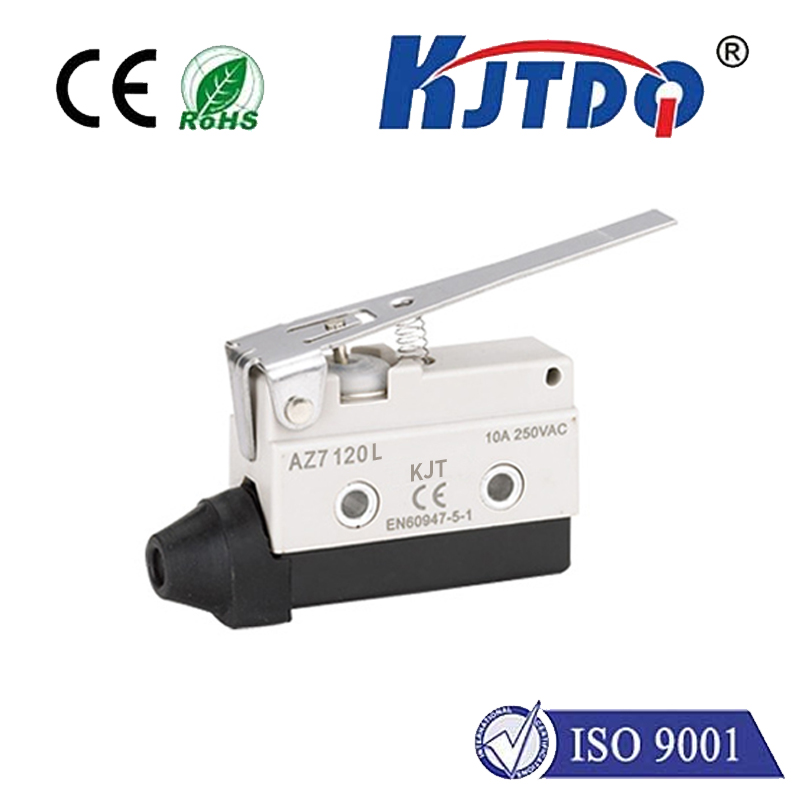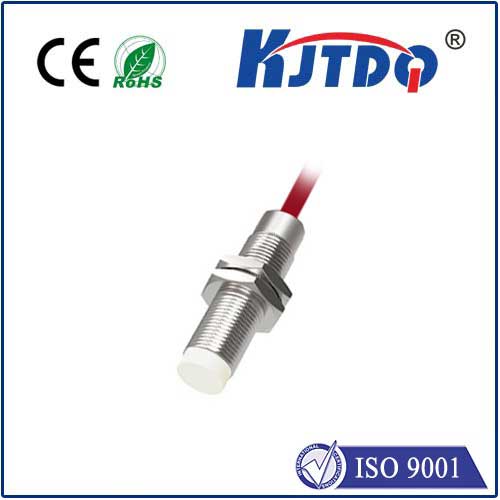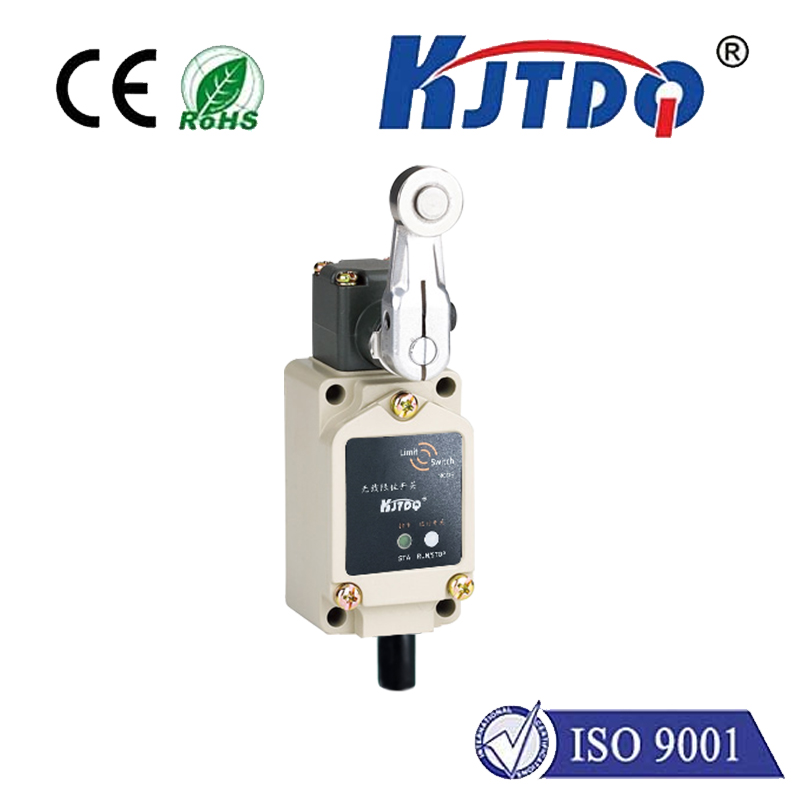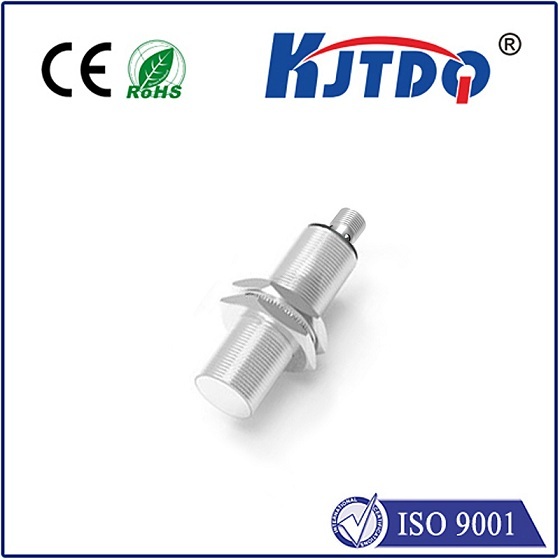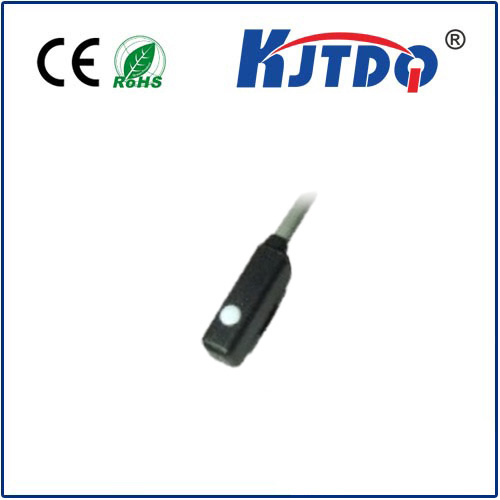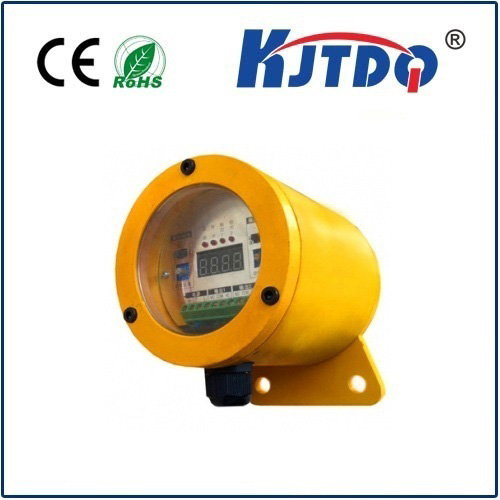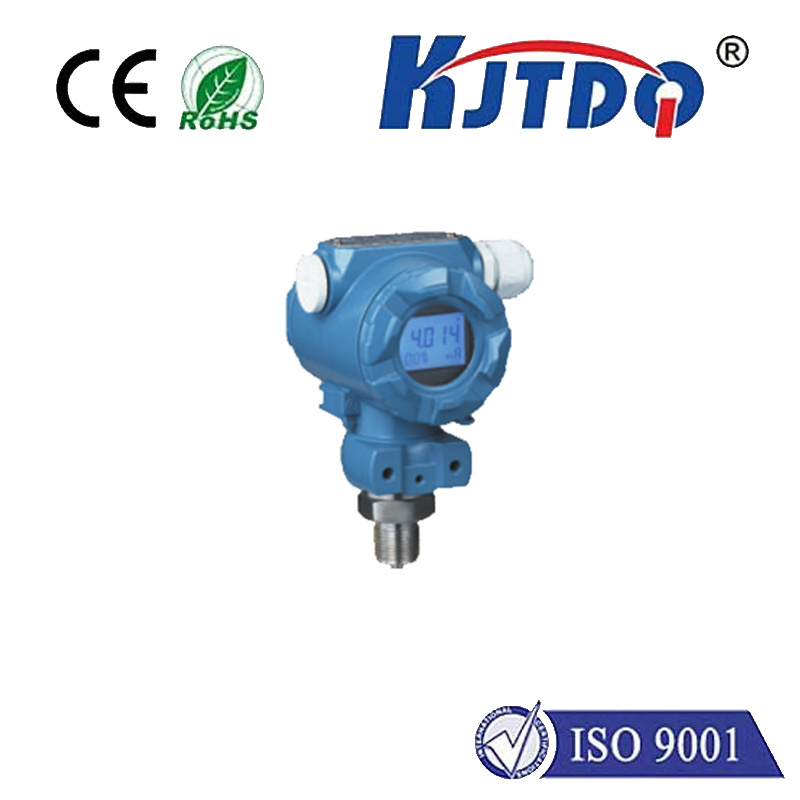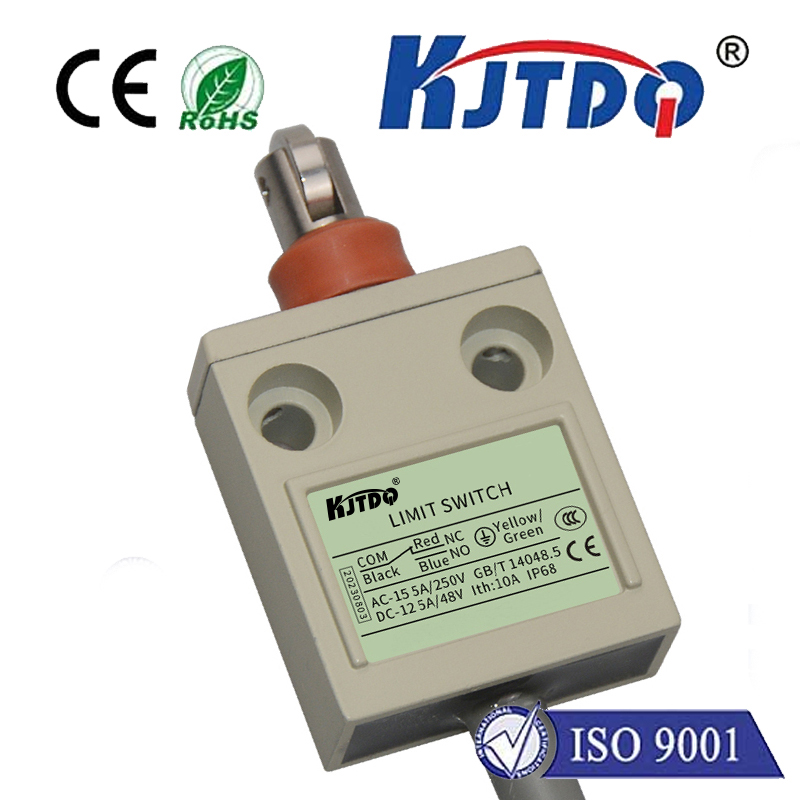laser photo sensor
- time:2025-08-27 14:25:51
- Click:0
Laser Photo Sensors: The Invisible Threads Powering Modern Detection
Ever stopped to wonder how a complex manufacturing line flawlessly sorts products, how a modern parking garage knows exactly when a space is occupied, or how safety barriers instantly halt machinery when breached? Often, the unsung hero enabling this precision and safety is a technology working silently with beams of light: the laser photo sensor.
These sophisticated devices are fundamental building blocks in automation, safety systems, and countless other applications. Understanding their function reveals the elegant synergy of light and electronics that underpins much of our automated world.
Demystifying the Laser Photo Sensor
At its core, a laser photo sensor (or laser photoelectric sensor) is a non-contact detection device. It operates by projecting a highly focused, intense beam of laser light towards a target or into a detection zone. A separate or integrated receiver element then “watches” for changes in this emitted light beam. Crucially, it detects the presence, absence, distance, position, or even surface characteristics of an object by analyzing how the object interacts with the laser light. This interaction typically falls into three primary modes:

- Through-Beam (Opposed Mode): The classic setup. An emitter and a receiver are positioned directly opposite each other. The laser beam travels uninterrupted from emitter to receiver. When an object passes through the beam, it blocks the light, instantly signaling detection. This mode offers the longest sensing ranges and highest reliability due to the strong signal path.
- Retroreflective Mode: Here, the emitter and receiver are housed together in a single unit. The laser beam is projected towards a specialized reflector (corner-cube reflector). The reflector bounces the beam directly back to the receiver within the sensor unit. An object interrupting this reflected beam triggers detection. This mode simplifies wiring as only power is needed at one point (the sensor head), but requires a reflector to be mounted opposite the sensor.
- Diffuse Reflective (Proximity) Mode: In this versatile configuration, both the laser emitter and the receiver reside in the same housing. The sensor projects its laser beam towards a potential target. When an object enters the detection zone, it scatters (diffuses) the laser light. Some of this scattered light reflects back toward the receiver within the sensor. Detection occurs when enough reflected light intensity reaches the receiver. This mode allows detection without a separate reflector or emitter unit on the other side, offering excellent flexibility for diverse object detection tasks. Time-of-Flight (ToF) variants are a sophisticated subset often operating in this mode, calculating distance based on the laser light’s round-trip travel time.
Peering Inside: Key Components
Understanding the internals clarifies how a laser photo sensor achieves its precision:
- Laser Diode (Emitter): The heart of the emitter side. This solid-state component generates the intense, coherent, and highly collimated (focused) light beam. Laser diodes provide exceptional aiming accuracy and long-range capabilities compared to standard LEDs.
- Optics (Lenses): Collimating lenses shape and focus the raw laser output into a tight beam, crucial for long-distance, pin-point detection and minimizing stray light interference. Receiver optics gather the returning or incoming light efficiently.
- Photodetector (Receiver): Typically a photodiode or phototransistor, this component converts received light photons into a proportional electrical current. Its sensitivity is paramount.
- Signal Processing Unit: The brain of the sensor. It amplifies the tiny electrical signal from the photodetector, filters out background noise (ambient light), and applies logic. It compares the received signal strength (or timing for ToF) against pre-set thresholds to determine the detection state.
- Output Circuit: Translates the processing unit’s decision into a usable signal (e.g., a switched transistor output, analog voltage, or digital data like IO-Link) for controllers, PLCs, or other downstream systems. Output stability and response speed are critical performance metrics.
Where Laser Light Makes the Difference: Key Applications
The unique properties of laser light – its focus, intensity, and coherence – make laser photo sensors indispensable where precision, range, or small object detection is paramount:
- High-Speed Object Counting & Sorting: On production lines, they reliably detect and count small, fast-moving items like pills, electronic components, or bottles with unmatched speed and accuracy.
- Precise Positioning & Edge Detection: In robotics and CNC machinery, they provide micron-level accuracy for tasks like aligning parts, detecting edges for cutting, or verifying component placement.
- Long-Range Detection: For applications like warehouse bay monitoring, large-scale conveyor systems, or vehicle detection in parking structures, laser sensors offer ranging capabilities far exceeding standard photoelectric sensors (often tens of meters).
- Small Object Detection: The tightly focused laser spot allows detection of very small objects or features (like wires, thin labels, or tiny gaps) that diffuse sensors might miss.
- Safety Light Curtains & Barriers: Forming grids of laser beams, they create highly sensitive intrusion detection fields to safeguard personnel around hazardous machinery, instantly triggering machine shutdowns (E-Stop).
- Level Control: Accurately detecting the fill level of liquids or bulk materials in tanks or silos, even in dusty or steamy environments where other technologies struggle.
- Contrast & Color Mark Detection: Identifying registration marks, barcodes, or color changes on packaging or labels with high reliability.
Why Choose Laser? Key Advantages
The investment in laser technology delivers tangible benefits:
- Exceptional Accuracy & Range: The collimated beam travels longer distances with minimal dispersion and provides precise targeting of small areas.
- High Resolution: The small spot size allows detection of minute objects or features.
- Superior Performance in Challenging Environments: Laser light generally penetrates dust, steam, and certain types of smoke or film better than incoherent light, though heavy contamination remains a challenge for any optical sensor.
- Reduced Sensitivity to Ambient Light: Advanced signal processing combined with the intensity of the laser signal makes them less prone to false triggers from sunlight or factory lighting (though extreme ambient light can still be problematic).
- Stable Sensing: Less susceptible to minor variations in object color or reflectivity compared to some diffuse sensors, thanks to the beam’s intensity and focus.
Integrating the Invisible Guardians
Laser photo sensors are the silent sentinels of the automated world. Their ability to provide reliable, precise, and non-contact detection using focused beams of light makes them irreplaceable in modern industry, logistics, safety systems, and beyond. From ensuring the smooth flow of products on an assembly line to protecting human life around dangerous equipment, these sophisticated devices harness the power of photonics to solve complex detection challenges with remarkable efficiency. Understanding their principles and capabilities is key to unlocking smarter, safer, and more efficient automation.






